“The current Russian Federation is an immanent enemy of freedom of conscience.” A press conference on the crimes of the occupiers against religious communities and clergy was held in Kyiv
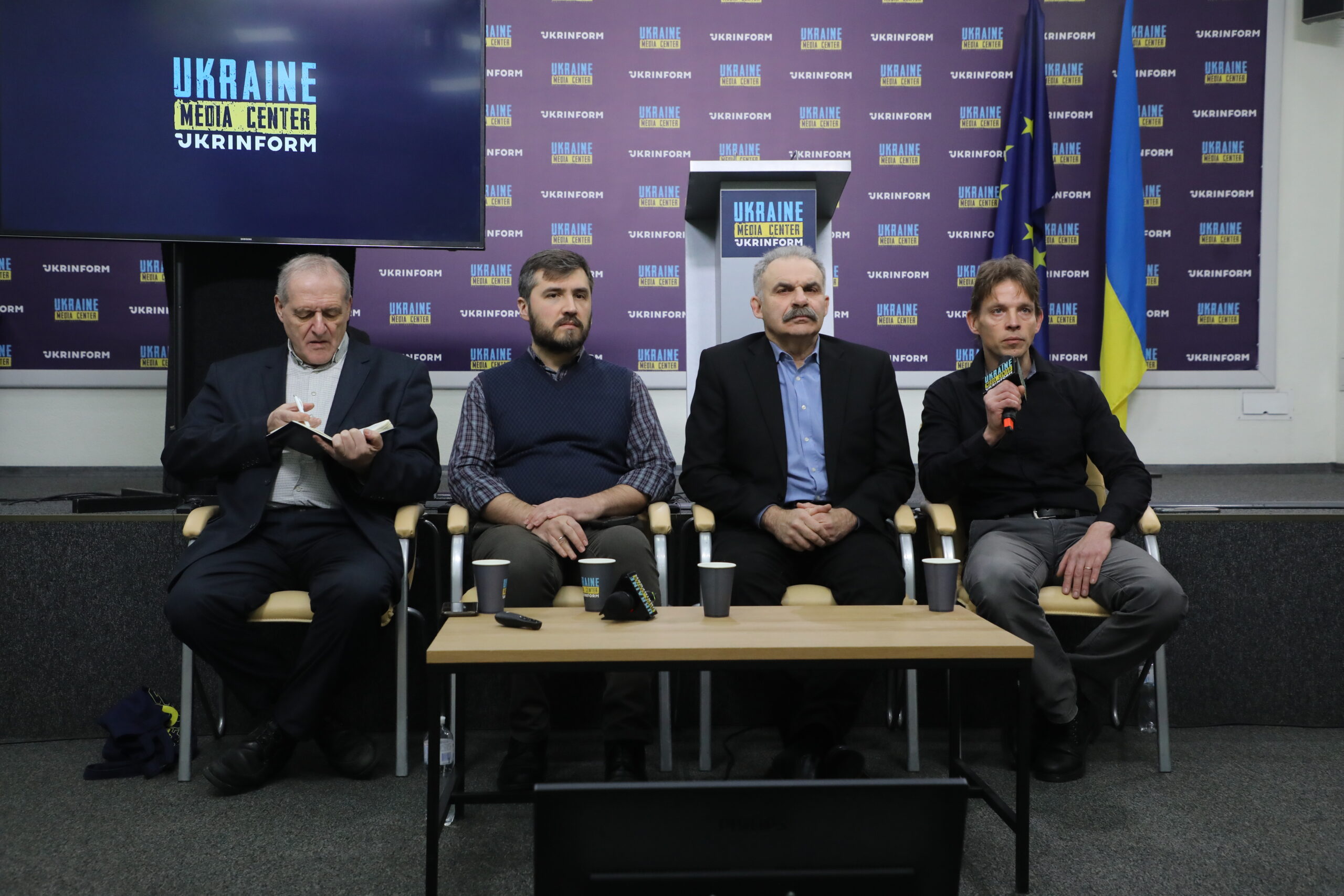
On January 24, a press conference was held on the topic: “Nothing Sacred: War Crimes of the Russian Occupiers Against Religious Communities and Clergy”, initiated by the Center for Civil Liberties and the Media Center Ukraine – Ukrinform. At the event, experts provided evidence of religious persecution in the occupied territories and the aggressor’s violation of International Humanitarian Law regarding religious buildings during hostilities.
Among the speakers at the conference were Vyacheslav Likhachov, a member of the expert council of the Center for Civil Liberties; Viktor Yelenskyy, head of the State Service of Ukraine for Ethnic Policy and Freedom of Conscience; Yevhen Zakharov, director of the Kharkiv Human Rights Group; and Ruslan Khalikov, religious scholar and head of the Religion on Fire project and the Workshop of Academic Religious Studies.
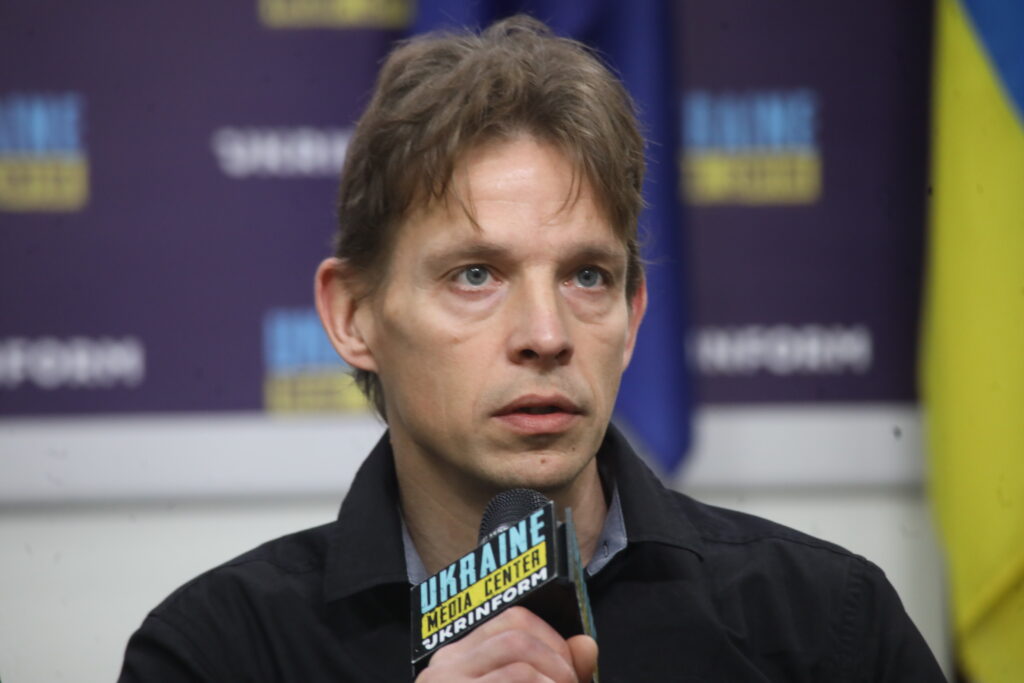
Vyacheslav Lykhachov explained why it is important to talk about the crimes that the occupiers commit against clergy and our religious values and what they indicate: “Religious discrimination was and is a part of a steady system of practices in the Russian Empire, in the Soviet Union, and in modern Russia today. Why is this important in the context of the Russian-Ukrainian war? In the international political arena, Russia is trying to create an image of an old-style, traditional empire that cares about conservative values. Many in conservative religious circles around the world listen to this propaganda. Russia is seen as an alternative to the modern secular, left-liberal Western world, which is attractive in the eyes of the conservative part of the international community.
This is not logical, because crimes on religious grounds, against clergy and religious buildings can be clearly seen in the last almost two years of full-scale aggression. But before that, we had been observing this for almost a decade in the previously occupied territories, so we can talk about a systemic and massive phenomenon of religious oppression by the Russian Federation. This is important from the point of view of International Humanitarian Law, because religious buildings, as well as educational and medical institutions, have a protected status, so the systematic practice of their destruction is a war crime. This applies to hundreds of buildings that were damaged or destroyed during the hostilities.
Russia is trying to create an image of a defender of canonical traditional Orthodoxy, but it is not only representatives of Jehovah’s Witnesses, certain Protestant communities, or Islamic communities that are being harassed in the occupied territories – representatives of those whom Russia itself considers traditional denominations are also being harassed. Recently, officially, the Ukrainian Orthodox Church of the Moscow Patriarchate has suffered the largest number of destroyed religious buildings, churches and communities during the hostilities and in the occupied territories.”
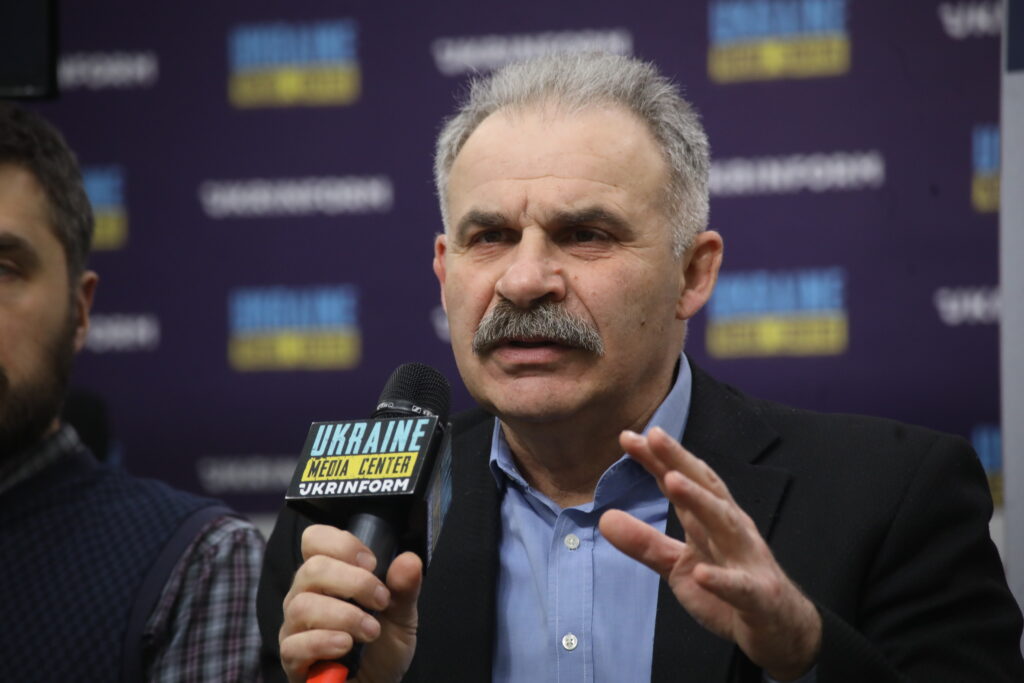
Viktor Yelensky added to Vyacheslav’s words: “Russia can in no way be a defender of traditional values, because it is, as they say, a champion in abandoned children, crimes per 100,000 people, suicides and alcoholism. People there donate the least to volunteer and charitable activities. And it has one of the lowest rates of religious behavior, with people rarely going to church. The current Russian Federation is an immanent enemy of freedom of conscience. It is an enemy of the manifestation of free will and free thought. Religious organizations, especially in Ukraine, are alternative centers and people who cannot agree with the pseudo-values that Russia imposes.
Immediately after the war began in February 2014, religious freedom immediately ended where Russia came. Protestants and the Kyiv Patriarchate in Crimea were shocked by the laws that exist in Russia. We can’t even imagine the degree of control over religious life there, the persecution of all those who do not belong to the Moscow Patriarchate and even those who do, but can afford to change the formula of prayer not for the victory of Russian weapons, but for peace. As soon as the Russian Federation came to Crimea, its victims were the 50s, Evangelicals, and Baptists, who left the peninsula in whole communities.”
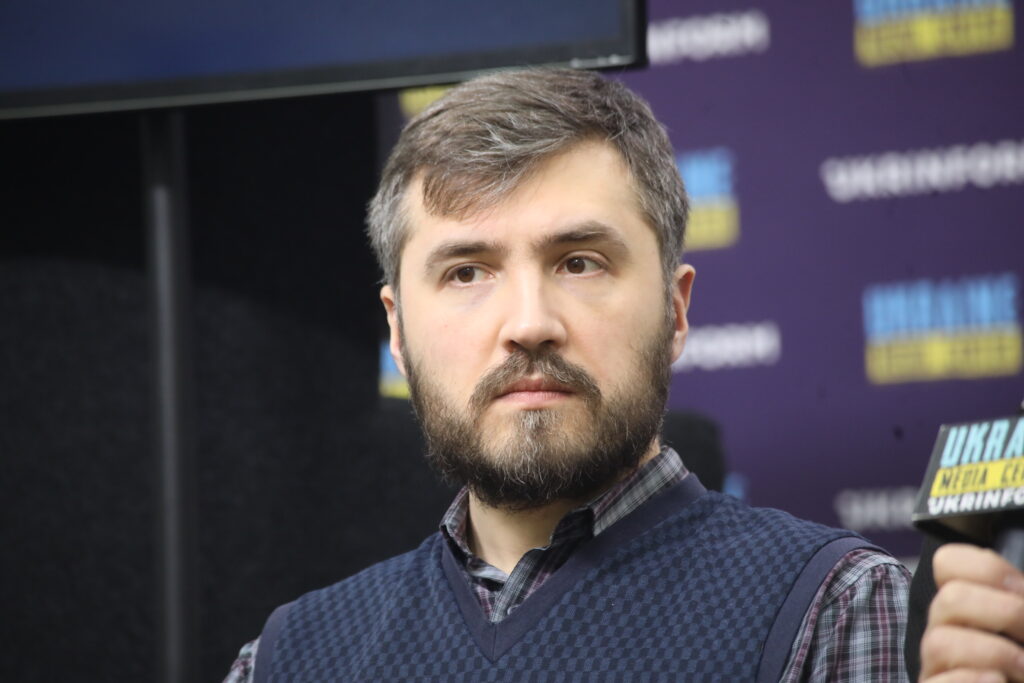
“I am presenting the data for the last two years of the war, which is in the database of our Religion on Fire project on the destruction of religious buildings. Often, the shelling that Russia conducts in Ukraine is indiscriminate, meaning that they hit everywhere – this is due to the inaccuracy of their weapons and their willingness to sacrifice anything to achieve their goals. Religious buildings come under fire as often as hospitals, schools, residential buildings, etc. Sometimes we can say that religious buildings were clearly targeted. For example, when a church has been in the area for a long time, it shows on maps.
There are cases in Irpin, Sievierodonetsk, and some other settlements where people confirmed that there was reconnaissance by drone. The Russians saw what was happening on the territory, and then a religious building was shelled. Or when a religious building is located separately from others, there is no house, potential blockpost or military barracks nearby. Therefore, we can say that this is a targeted shelling of religious buildings,” says Ruslan Khalikov.
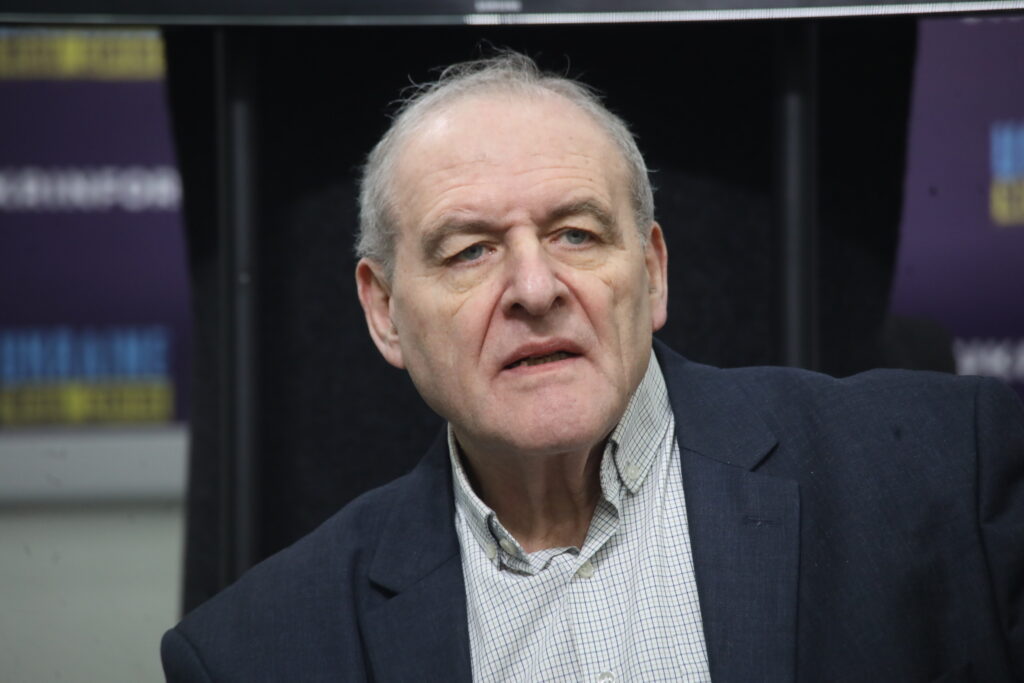
“Since the beginning of March 2022, the Kharkiv Human Rights Group has been keeping a database of alleged war crimes committed mainly against civilians. Today it contains about 65 thousand incidents. To study the category of victims of clergy, a search was conducted in the database. The analysis of victims in 73 incidents of crime revealed the following results. In 23 cases, clergy were mentioned in passing, in connection with crimes that did not concern them, while the remaining 50 incidents are relevant.
In 2 cases, the priests were intentionally killed by small arms, in 5 cases they were killed as a result of bombardment with various weapons (artillery, rocket attacks, etc.), and in 8 cases they were wounded as a result of such attacks. 20 priests were kidnapped and their fate is unknown. 45 priests were kidnapped and later liberated. All of them after moving to government-controlled territory or after de-occupation said that they had been tortured.
One priest was deported, expelled from his hometown, and his fate is unknown. In one case, the Russian military expelled the priest and parishioners from the church and took the building for their own use. In another case, the Russians looted the church and the neighboring church buildings: they took literally everything, even liturgical items. Finally, in yet another case, the Russians placed their artillery near the church and refused to allow the priest and his family to move to another house.
As for the attacks on the object “houses of religious use”, it turned out that the database documented the destruction or damage to 343 such buildings,” explained Yevhen Zakharov.

This event is funded by the European Union. Its contents are those of the Center for Civil Liberties and do not necessarily reflect the views of the European Union.

